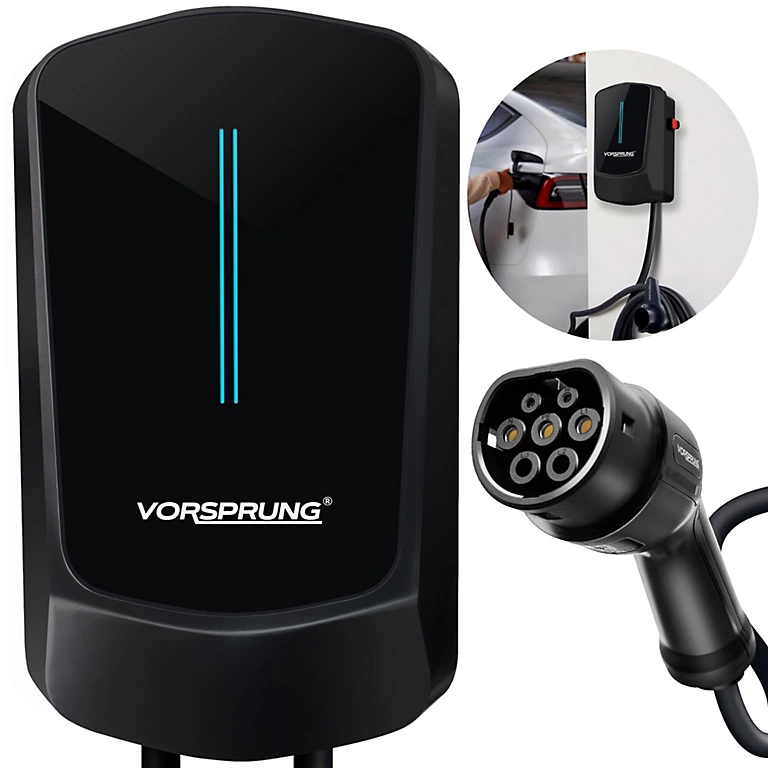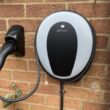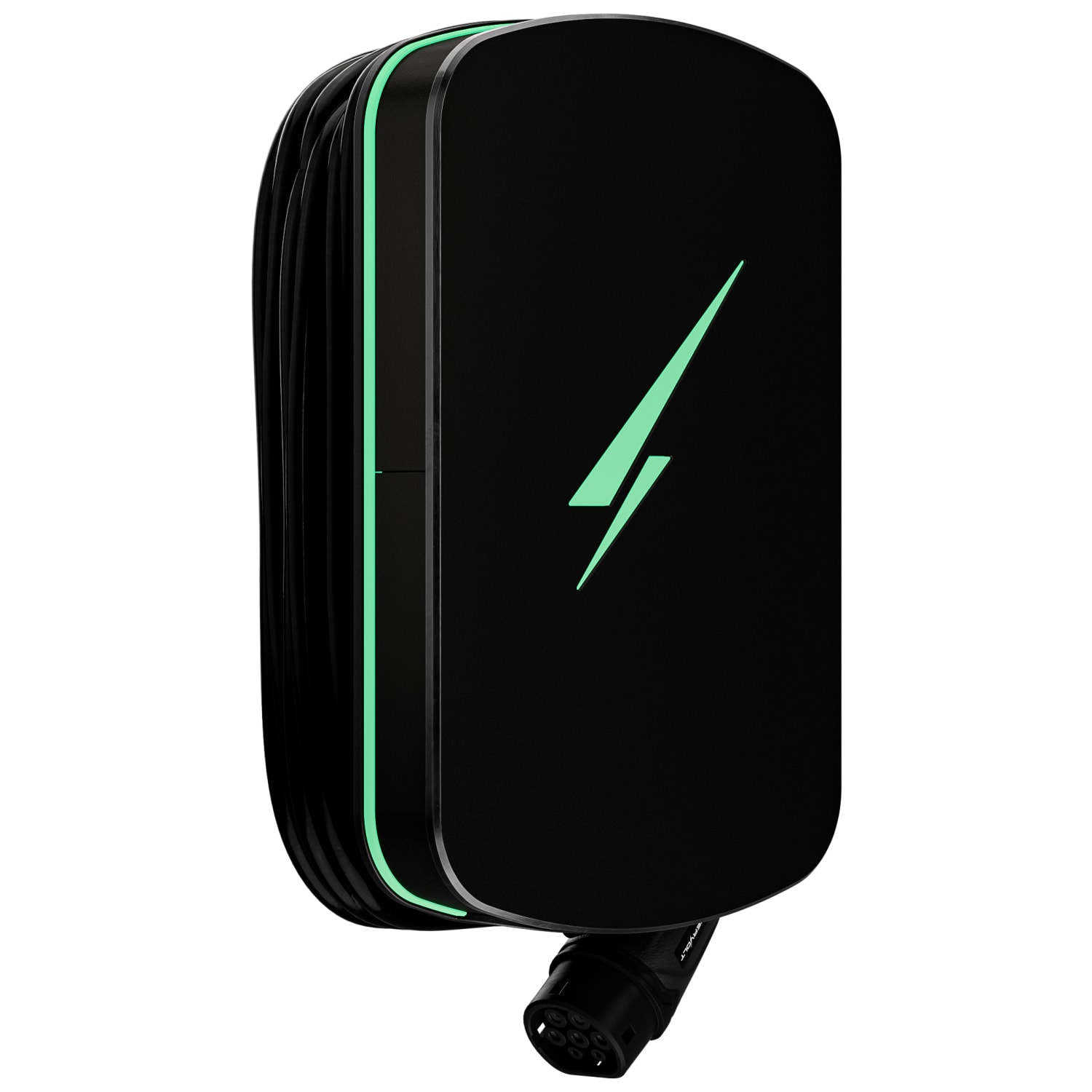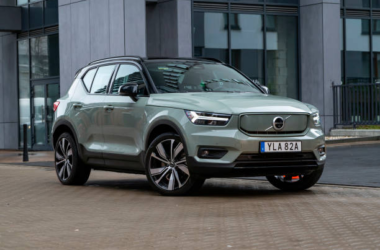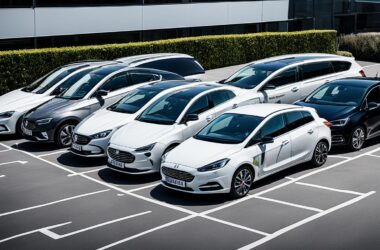Introduction
Charging your electric car, although more economical than traditional fueling, can still impact your monthly budget significantly. With the varying prices at different charging stations and the added cost of home charging, it’s essential to explore methods that can help you keep the charging expenses in check.
1. Free Charging Stations: A Hidden Gem
Surprisingly, there are numerous free charging locations across the UK. According to Zap-Map’s estimate in November 2021, out of over 25,100 charging points nationwide, approximately 5,450 are free. Supermarket car parks, public car parks, car dealerships, workplaces, hotels, and B&Bs are common places offering free charging. ZeroNet, a not-for-profit organization, often provides these services in the hospitality sector.
2. Opting for Slower Charging Speeds
While it may require some patience, using slower charging speeds can be a cost-saving strategy. Most electric vehicles come with adapters for slow charging through a conventional domestic plug. Publicly-accessible slow chargers are often free, and taking advantage of lower off-peak electricity rates by charging your car at night can further reduce costs. Slow charging also promotes battery health by minimizing internal heat generation.
3. Strategic Charging Habits
Charging your car strategically can have a significant impact on costs. Avoiding charging from 0-10% and instead opting to charge from 20-30% can result in spending less money overall. Similarly, charging up to 80% or 90% proves cost-effective due to reduced initial energy input.
4. Investing in a Charge Card
For regular users of public charging points, investing in a charging card could be beneficial. Various companies, such as Octopus Energy, Shell, Zap-Map, and Bonnet, offer these cards. Some are completely contactless, and others support digital wallets. Examining fees and charges is crucial to selecting a card that aligns with your usage needs.
5. Exploring the EV Chargepoint Grant
For those considering a home charger, the EV Chargepoint Grant can cover up to 75% of the installation cost for domestic properties in the UK. This grant extends to homeowners, tenants in apartment buildings, landlords, owners of residential car parks, and businesses installing charging points. It’s a substantial reduction in installation costs.
6. Utilizing Battery Storage Systems
Installing a battery storage system can significantly reduce the cost of home charging. These systems store energy from rooftop solar panels, allowing you to use it when you would otherwise draw electricity from the national grid. This innovative approach minimizes reliance on grid electricity for charging, leading to substantial savings on your electricity bill.
7. Switching to an EV-Specific Energy Tariff
Energy companies now offer tariffs tailored for EV owners. These tariffs reward charging during off-peak hours, with potential costs as low as 4.5-5p per kWh compared to the typical 12p-15p per kWh during the day. Providers like EDF and Octopus Energy offer these specialized tariffs, promising significant savings.
8. Choosing a Cost-Efficient Car Model
Considering a car’s charging cost is a unique approach. Smaller-capacity cars, like the Smart EQ ForTwo and ForFour, Volkswagen e-Up, and Honda e, tend to be cheaper to charge than higher-capacity models designed for longer journeys. Selecting a car that aligns with your driving needs can impact long-term charging expenses positively.
9. Charging at Work: A Convenient Option
If your workplace provides free chargers, take advantage of them. Charging at work not only saves money on public chargers but may also reduce your home electricity bill. Check with your employer to explore this convenient and cost-effective charging option.
Conclusion
Navigating the costs of charging your electric car requires a strategic approach. By incorporating these methods into your charging routine, you can ensure a cleaner, greener future without making a significant dent in your wallet.





